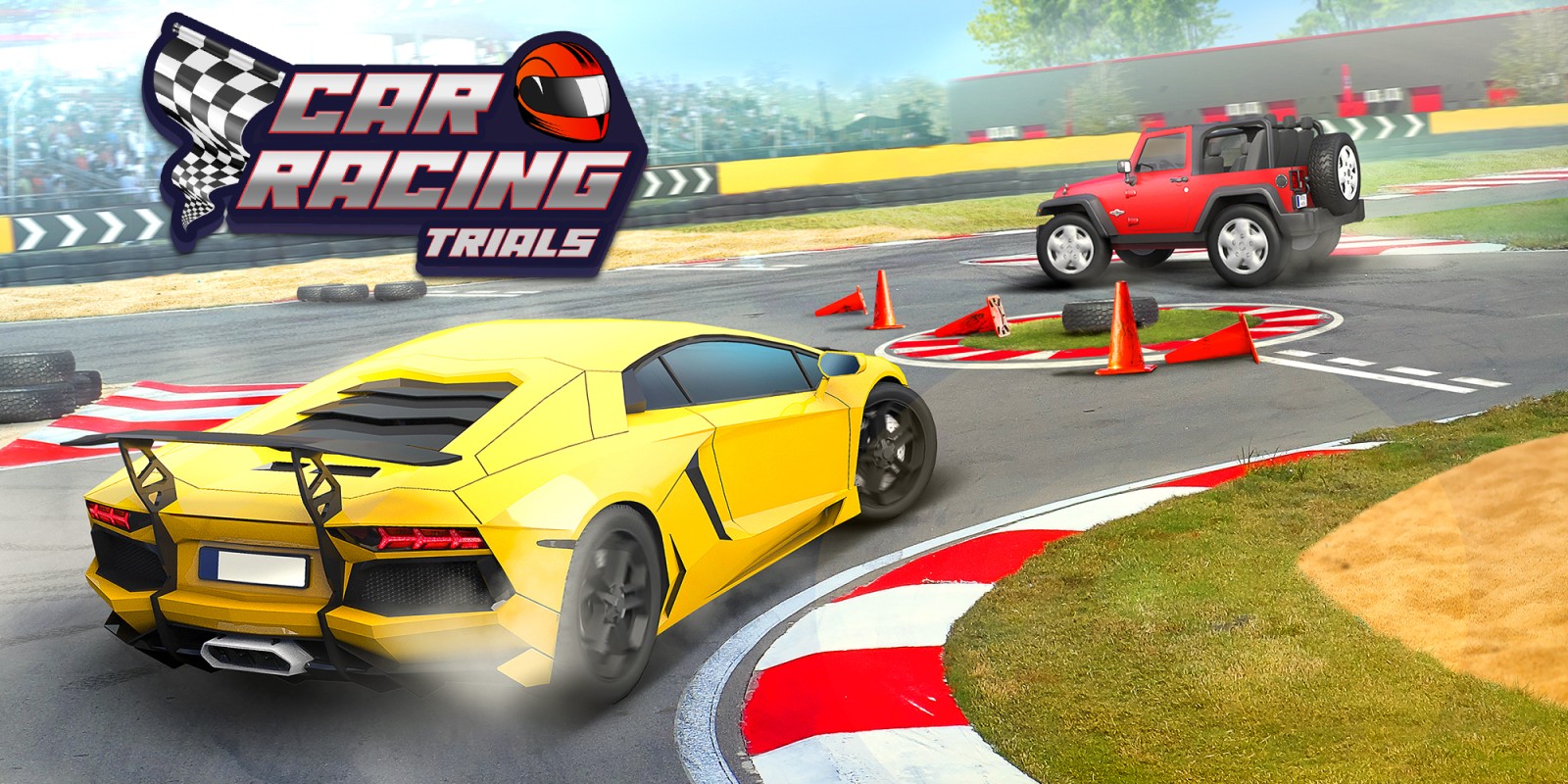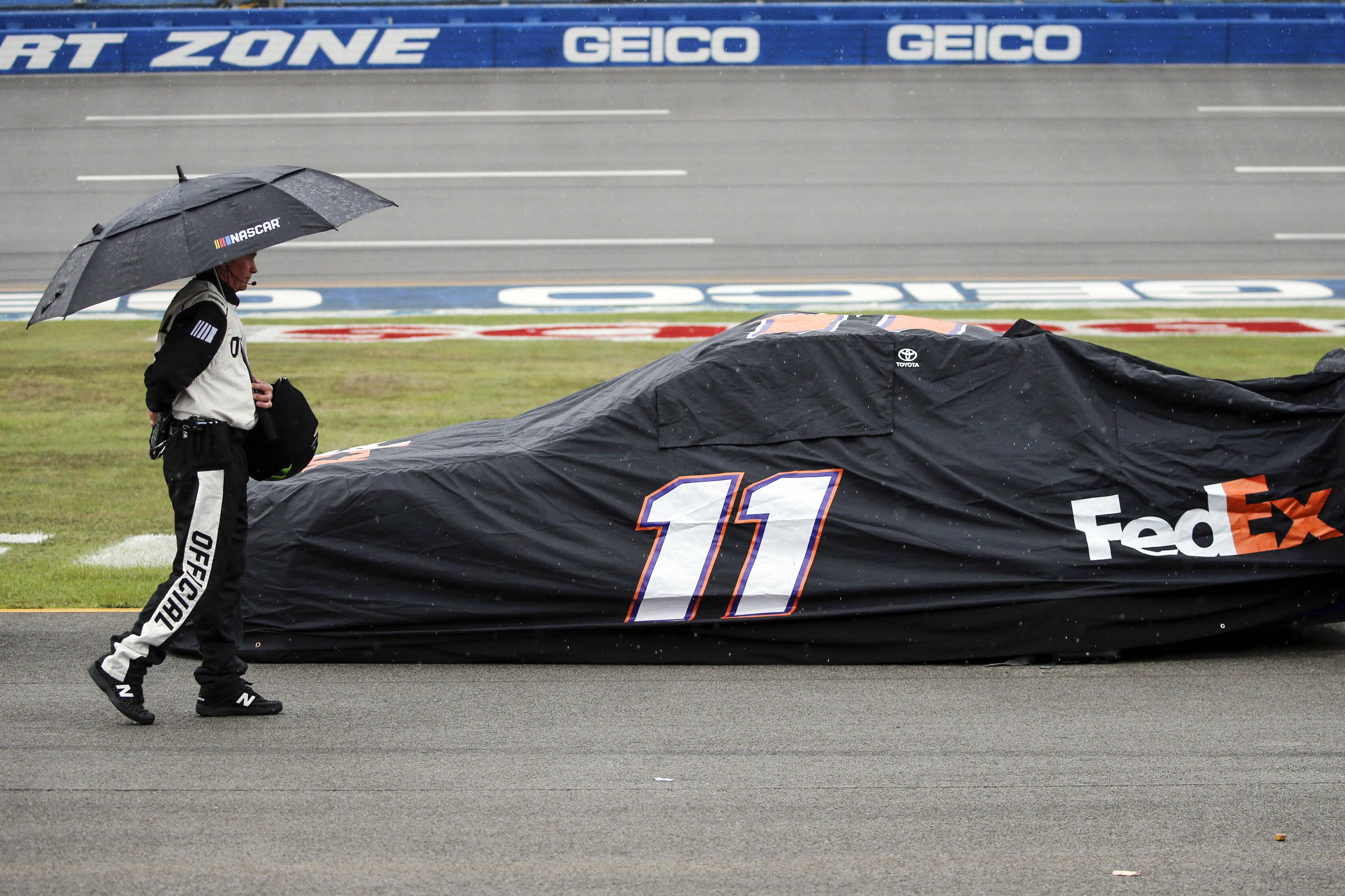
The 2014 Daytona 500 was scheduled to begin at 1:30 p.m. EDT, but it was delayed by 6 hours 22 minutes and finished at 11:00 p.m. the same day, due to conflicts with the time-delayed Winter Olympics. The race ended after 203 laps in the 2015 Daytona 500. It started at 1:00 p.m. The race is still a primetime event on many TV networks.
Changes in start time
The 2019 Indianapolis 500 will be run at noon, despite the fact that it has been running at this time since 2006. Previously, the race started around 10am local time. The start time for the 2019 race was changed to 11am by the Second World War. This change was made in 2004, and it will have positive effects on the track. This change will allow teams to adjust their engines more efficiently before the race.
The Indianapolis Motor Speedway is home to the 106th running of the Indy 500. The race, which draws over 300,000 spectators, is a Indianapolis tradition. The last race, in May 2010, was the smallest since the outbreak of the flu pandemic. However, it was still one of largest sporting events ever since the outbreak. Although the timing of the race could change due to a number of factors, the most important reason for the National Anthem is when it occurs.

Number of cars allowed in competition
The number of cars allowed to start the Indianapolis INDY 500 race is capped at 33, a tradition that dates back to 1934. In 1979 and 1997, 35 cars were allowed to start. This number has decreased as the years have passed. Helio Castroneves is the newest member to the 500 club, and he drives a Meyer Shank Racing Honda. Castroneves is aiming for his fifth win, following in the footsteps of Al Unser and Bobby Mears.
The Hulmans 500 did not initially broadcast live on TV until 1986. The broadcast was initially scheduled to air in theaters. However, it was broadcast on closed-circuit television both 1965 and 1966. The 500 race was also broadcast by ABC's Wide World of Sports. However, it was telecast with a tape delay. As a result, the race aired at a reduced size, limiting its content to two to three hours.
Rules for teams
Indy 500 racing follows several rules. A car entered in 500 races may be eligible to have a secondary car of the same size, i.e. 17T. Backup cars can be used to practice runs and can be entered together with a different driver. Some of the most successful teams will sell their backup cars. But, not all teams use backup cars.
Sunday evening, at 5:10pm, will host the final qualifying round. The driver has the opportunity to attack twice and can make up to three attempts. Pole position will be awarded for the fastest four laps. If a team is unable to qualify, they can withdraw their car and start over. Any remaining cars in the field could also qualify multiple time. They will not be able to qualify if their Saturday times were slower than they were on Saturday. The Verizon P1 Award shootout will be won by the nine fastest qualifying cars.

Foreign-born drivers
A few Daytona 500-racing foreign-born drivers have been known to win races. Many of these drivers were successful in winning races, including Pedro Rodriquez (Mexico) in 1971. Earl Ross, Canadian driver, has won a race. He is currently the NASCAR XFINITY Series Champion. While it is hard to imagine a Daytona 500 race winner from a country other than Canada, Earl Ross was and Juan-Pablo Montoya were such foreign-born drivers.
NASCAR has moved away from its southern roots and attracted the best talent all around the globe. This is particularly evident in the Cup Series, where a Mexican born driver won the Toyota/SaveMart 350 race on Sunday. Suarez, who was a Monterreyan, drove a Trackhouse Racing Chevrolet Camaro ZL1 for the win and was rewarded with a taco pinata. He was also honored with a glass wine from the nearby California wine country.
FAQ
How fast can a racecar accelerate?
A race car's acceleration rate varies depending on its weight.
For example, a lighter car will accelerate more quickly than one that is heavier.
How much does it cost to enter a race?
It depends on the event. There are some events that charge entry fees and others that don't.
Some events require that you pay in advance. Others will let you in free of charge.
What type of race cars do race car drivers use to drive?
Modern racing cars usually use engines. These engines work in a similar way to normal passenger vehicles.
They run on compressed air, and not petrol.
Is it hard to become a race car driver.
It takes hard work. You need to practice daily. If you don’t work hard and put in the effort, you won’t be able to succeed.
You must be willing sacrifice everything to achieve this dream. It's more than a race to be fast.
Many people attempt to drive, but they don't succeed because they're not willing to put in the effort. They desire a simpler life.
They want to be able to go home at night with no extra effort. However, if you are going to succeed, then you need to be willing not to do anything else.
It takes a lot of effort to become a race car driver.
What's the point of car racing?
Car racing has the purpose of entertaining people. It involves watching cars move at high speeds around a track. It is also a chance for drivers to display their skills and compete with each other.
Which type of car racing is the most popular?
The Formula 1 Grand Prix is the world's most prestigious motorsport championship. It was first held in 1950 and is now part of the FIA World Championship for Drivers, Constructors, and Teams.
Statistics
- Forget the 200-mph battles of the late 1980s; no one, not even McLaren itself, predicted the inimitable F1 would go as fast as it did. (motortrend.com)
- According to thepostgame.com, “The Daytona 500 is one of four ‘restrictor plate' races on NASCAR's calendar, given both safety and competitive concerns for the long track and its famous 31-degree banking in its four corners.” (defensivedriving.com)
- According to AutoSport, IndyCar's top speeds are 380km/h or 236 mph. (motorbiscuit.com)
- In 2013 Ferrari had an estimated team budget of $470 million, while elite IndyCar teams have an estimated annual budget of $15 million, according to FormulaMoney. (businessinsider.com)
- In 2009, the slick tires returned as a part of revisions to the rules for the 2009 season; slicks have no grooves and give up to 18% more contact with the track. (en.wikipedia.org)
External Links
How To
5 Fastest Street Racing Stock Cars in 2022
-
Ford Mustang GT350R, $50k+
The Ford Mustang GT350R Supercar is street-legal. It boasts a 6.2L V8 motor that produces more than 600 horsepower and 590 lb ft of torque. Brembo brakes are standard on the car, as well as Michelin Pilot Sport Cup 2 and Pirelli Scorpion Z 20-inch tires. The interior has leather seats, carbon fibre trim, and a 10.25 inch touchscreen display.
-
Chevrolet Corvette C8Z06: $60k to $80k
General Motors has built the Chevrolet Corvette C8Z07 as a mid-engine sportscar. It was revealed for the first time at 2017 Detroit Auto Show. The car is powered by a naturally aspirated 8.0L LT4 V8 engine that produces 650 hp and 700 lb-ft of torque, mated to a seven-speed manual transmission and rear-wheel drive. It weighs in at 2,800 pounds.
-
$70k to $100k
Dodge Challenger SRT Hellcat Widebody. The Dodge Challenger SRT Hellcat Widebody from Chrysler Group LLC. It is a muscle car. It is built on the third-generation Charger platform that was introduced in 2016. Since 2018, the wide-body variant has been in production. The car features a 707hp supercharged 6.2L HEMI V8 engine, making it the fastest production vehicle in the world.
-
BMW M760Li xDrive – £140k-$180k
The BMW 760Li, a high performance luxury sedan made by BMW AG, is a BMW 760Li. The second generation 760Li model was introduced in 2012. The car's petrol engine is a twin-turbocharged 4L V8 petrol motor that generates 750 horsepower and 800 Nm. The car can accelerate from 0 to 62 mph in 3.9 seconds. It can also achieve a maximum speed of 193 mph (315 km/h).
-
Porsche 911 Turbo S $160k to $200k
The Porsche 911 Turbo S high-performance model of the 911 roadster is now available. It features a 3.8L flat-6 turbodiesel turbodiesel-powered engine producing 550 hp. This is coupled with a PDK dualclutch gearbox. The car can accelerate from zero to sixty-two mph (100 km/h), in just four seconds, and reach a top speed at 197 mph (317km/h).